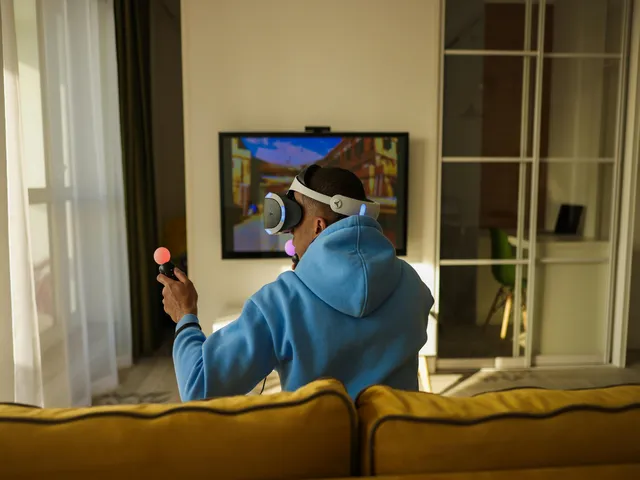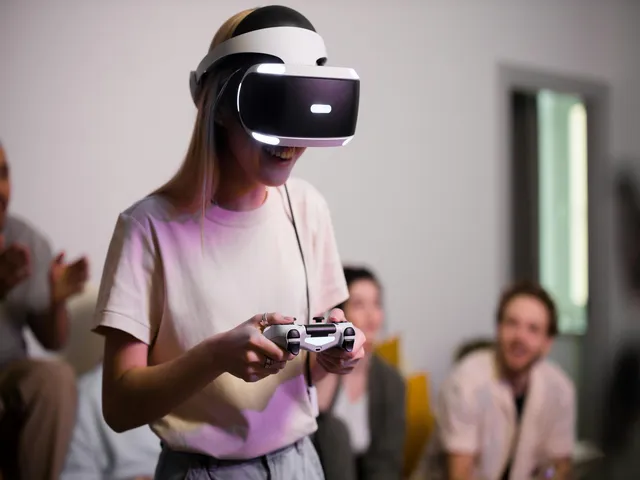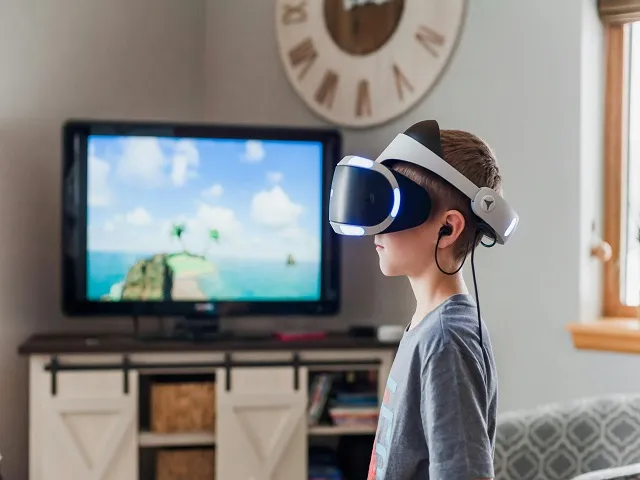VR technology is changing very fast with new updates coming each year. That’s why people are now comparing the Meta Quest 2 and Meta Quest 3 headsets. The Meta Quest 2 came out in 2020 and has let millions of people experience make-believe worlds without needing cables.
However, as VR tech improves quickly, Meta announced the Meta Quest 3 as an upgraded choice for customers. With much better abilities than the first Meta Quest, the Quest 3 promises to provide an even more real feeling experience.
In this blog post on our website, we want to give a really good look at the key differences between the Meta Quest 2 and Meta Quest 3 which came out in 2024. We will carefully check things like what’s inside them, how they look, how much they cost and more.
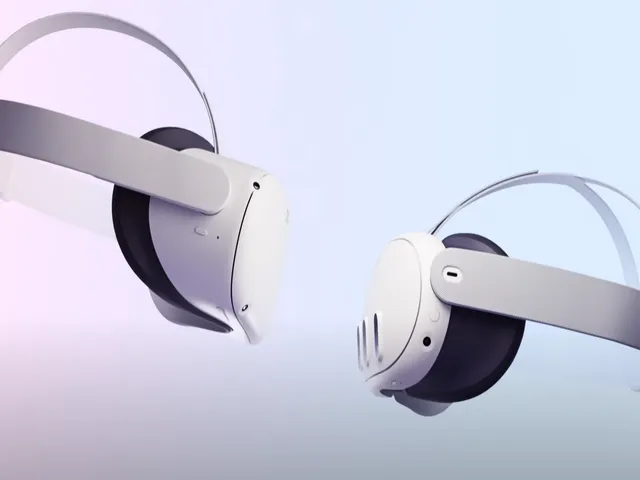
Those who already have a Meta Quest 2 may want to think if the upgrades are worth paying for. So whether you are new to VR or already using it, be sure to read all of this to understand the best headset for what you need.
Meta Quest 2 vs Meta Quest 3: Key Differences
The Meta Quest 3 that came out has gotten a lot of good feedback about its improved features. Headsets like this that connect to computers are known to take making-believe worlds to an even higher level. With stronger insides and more comfortable fitting, the Meta Quest 3 makes being in the virtual world way better.
While the Meta Quest 2 is still a great starting option for less money, the Quest 3 is made for better performance. Some major changes include clearer views, wider seeing angles, and tracking where you move and point that works better.
These enhanced abilities also allow for interactions that feel more real. However, more features naturally means a higher price tag. Let’s look more closely at the differences to know if the Quest 3 is really worth upgrading to for people who already own a Quest 2.
| Feature Name | Meta Quest 2 | Meta Quest 3 |
|---|---|---|
| Processor | Snapdragon XR2 Gen1 | Snapdragon XR2 Gen2 |
| RAM | 6GB | 8GB |
| Storage | 128GB, 256GB | 128GB, 512GB |
| Display Resolution (per eye) | 832 x 1920 | 773 PPI | 20 PPD | 2064 x 2208 | 1218 PPI | 25 PPD |
| Refresh Rate | 90Hz/120Hz | 72Hz, 80Hz, 90Hz, 120Hz |
| FOV (degrees) | 90 horizontal & vertical | 110 horizontal / 96 vertical |
| Controller Tracking | IR based, tracked by headset | Hybrid using computer vision and machine learning tracking |
| Battery | Greyscale | Color (4MP, 18 PPD) |
| Passthrough fidelity | 3640 mAh* – 2 hour runtime* | 5060 mAh* – 2.2 hours runtime* |
| Price | Starting at $199.99 USD | Starting at $499.99 USD |
Comparing the Design and Build Quality of Meta Quest 2 and 3
While the Meta Quest 2 had a basic but solid design for new people to VR, the Meta Quest 3 takes how it fits on your head to a whole new place. Made from strong plastic and aluminum used in airplanes, its lightweight yet tough construction feels really high-quality.
Weighing only 480g which is 15% less than the earlier model, wearing it for a long time stays cozy. The adjustable soft head and face areas can now fit different shaped faces for about 95 of 100 users. Using quality stuff allows long play times while preventing overheating or sore spots.
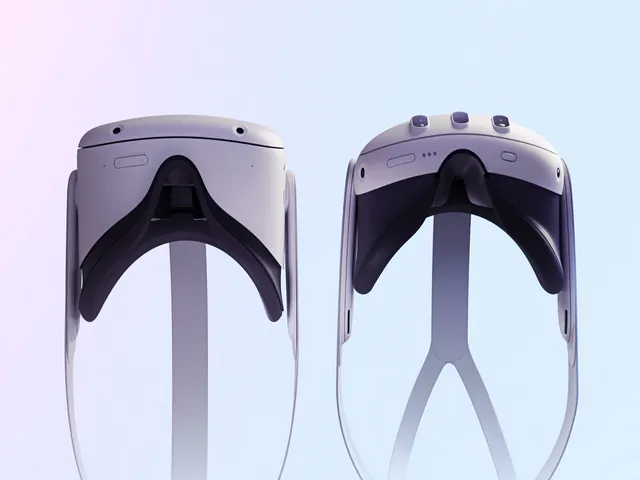
Its ability to prevent sweat and dust from getting in has also been made better for VR workouts that wear you out. Overall, the Meta Quest 3’s redesigned shape ensures an even better and more real experience when using it for a long time.
Differences in Display Quality and Visual Enhancements
One of the most significant upgrades from Meta Quest 2 vs Meta Quest 3 is its display capabilities. Quest 2 contains dual 3.5″ LCD panels with a combined resolution of 1832×1920 and refresh rate of 72-90Hz.
In contrast, Quest 3 now houses dual 4K mini-LED screens providing a super sharp combined resolution of 2064×2208 at an impressive 120Hz, offering approximately 30% better clarity and fluidity. Combined with an expanded 110 degree field of view which is around 15-20% wider, Quest 3 lets users take in expansive virtual environments similar to human peripheral vision.
Enhanced colors produced with 100% sRGB coverage make graphics of the shooting games for VR appear incredibly lifelike. Overall visual fidelity provided rivals high-end PCVR systems for truly breathtaking VR experiences.
Performance Improvements in Meta Quest 3 Over Meta Quest 2
Under the hood, Meta Quest 3 packs significantly more processing power thanks to Qualcomm’s upgraded Snapdragon XR2 Gen 2 platform.
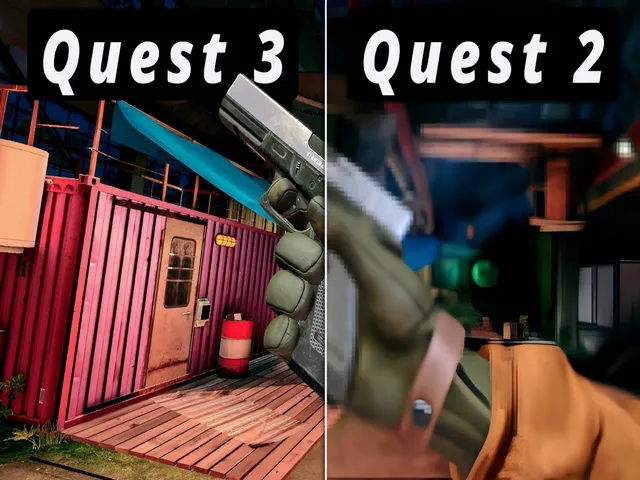
With around 65-75% faster clock speeds, 8GB RAM as opposed to 6GB, and larger SSD storage configurations up to 512GB, it delivers noticeably smoother performance in intense VR applications.
The headset handles graphic-heavy titles with almost negligible lag or judder, maintaining consistency even when multitasking. Its benchmark scores surfaced as being nearly 30% higher than Quest 2’s already powerful XR2 Gen 1 chip.
Overall, Meta Quest 3’s robust internals open up new possibilities for advanced content and a wider range of immersive experiences. You can easily pair the headset with Meta Quest 3 accessories and enhance its performance and usability.
Tracking, Controller Upgrades, and Response Time Differences
Meta Quest 3 takes tracking capabilities up a notch by including additional cameras and upgraded sensors for its inside-out system. This expands mapped playspaces up to 15x15ft for seamless movement.
Controller tracking coverage is enhanced by almost 20%. Its new Ergogrip Touch Pro controllers with haptic motors provide granular vibration feedback while maintaining exceptional 99.8% precise hand positioning trackingRefresh rates have been increased by 25%.
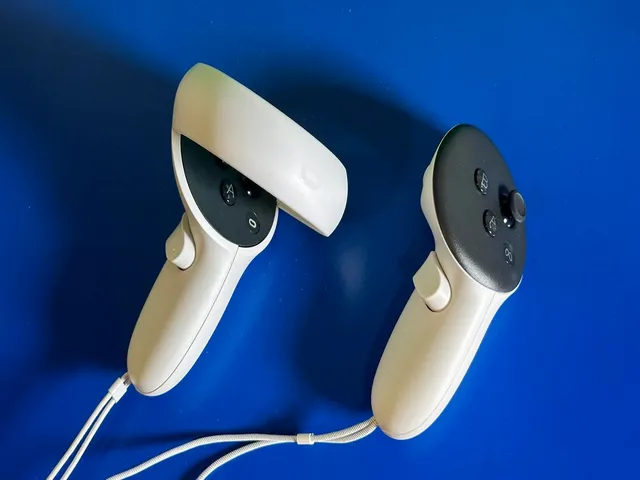
Quest 2’s controller response delay was around 17-20ms on average compared to Quest 3’s crisp sub-10ms interactions. Combined with flick stick movement functionality for smoother turns, controls have become even more realistic and responsive in Meta Quest 3.
Battery Life and Charging Speed Comparison Between Both Models
With intensified processing demands, Meta Quest 3’s upgraded 5060mAh battery is 30% larger than Quest 2’s 3640mAh unit. However, its power efficacy has also been optimized via a redesigned cooling system.
As a result, Quest 3 provides around 2 hours and 15 minutes of continuous use – only 10 minutes shorter than its predecessor despite increased capabilities. This means you can easily play multiplayer VR games and enjoy quality time without worrying about the battery.
Additionally, its redesigned power delivery allows exponential charging speeds. Replenishing 50% battery under 30 minutes compared to Quest 2’s hour long times using the same charger. An included fast charger tops it up fully within 2 hours ensuring extended play sessions.
Meta Quest 3’s New Features for an Immersive Experience
Beyond core upgrades and unlike other VR headsets like HP Reverb G2, Meta Quest 3 adds new dimensions to presence with innovations like color passthrough and mixed reality capabilities.
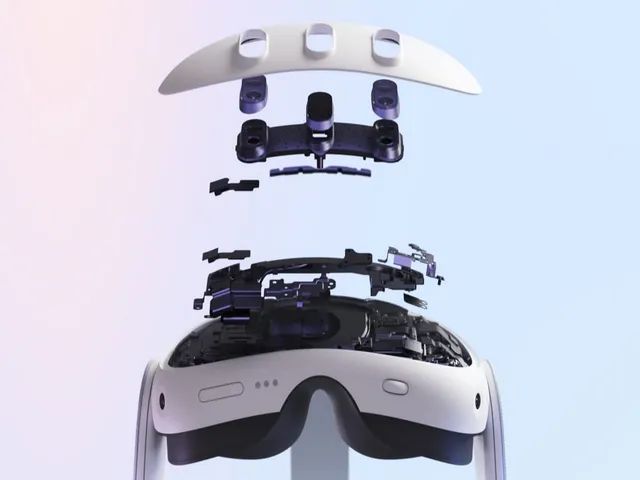
Dual 4 million pixel cameras now allow see-through view of surroundings in full color at 18 PPD resolution. Using Passthrough, it pave the way for hybrid applications. Sensors also enable full body tracking via optional Playspace plugin for a complete virtual avatar.
Spatial audio powered by new internal mic arrays enhances immersion. Mixed reality functionality leverages computer vision for seamless blending of virtual and physical worlds. With advances like these, Meta Quest 3 is primed to facilitate the next generation of cross-reality experiences.
Is the Price Difference Justified for the Meta Quest 3 Upgrade?
When it comes to Meta Quest 2 vs Meta Quest 3 pricing, Quest 3 come at a pricing of $499. As compared to its predecessor which comes at $299 entry cost. For early adopters, this $200 or around 65% increase may seem steep.
However, when compared to the extensive upgrades, enhanced capabilities and longevity, Quest 3 provides exemplary overall value. Its magnified performance is built to handle future advanced applications.
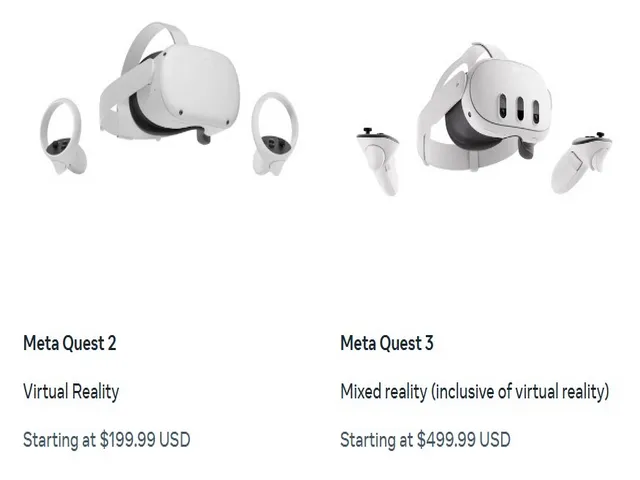
With significant enhancements to optics, ergonomics, tracking and battery, the immersion is taken to an unparalleled level. When also considering ongoing software support and growing library of AAA exclusive content, the price difference translates to only incremental long term costs.
For VR enthusiasts, the elevated investment in Quest 3 is indeed justified. We are pretty sure, it will likely satisfy user needs for several years ahead.
Final Words
As the VR industry flourishes into its next phase, Meta Quest 3 expertly paves the path as the new standard. While early adopters are satisfied with Quest 2, this Meta Quest 2 vs Meta Quest 3 review shows that its capabilities have been maximized.
Meta Quest 3 ensures that immersion and enjoyment of the movies to watch in VR only increases multi-fold with major technical elevations. As a packaged deal for those hungry for cutting edge experiences, it warrants strong recommendation.
With an optimized all-in-one design delivering premium performance, intense graphics and full-body interactions, Meta Quest 3 establishes a new benchmark for premium standalone VR.
You can keep visiting the 5thScape Blog as we will keep adding more useful information related to these headsets to this page. If you have used any of them, do share your views with us via the comments below.


